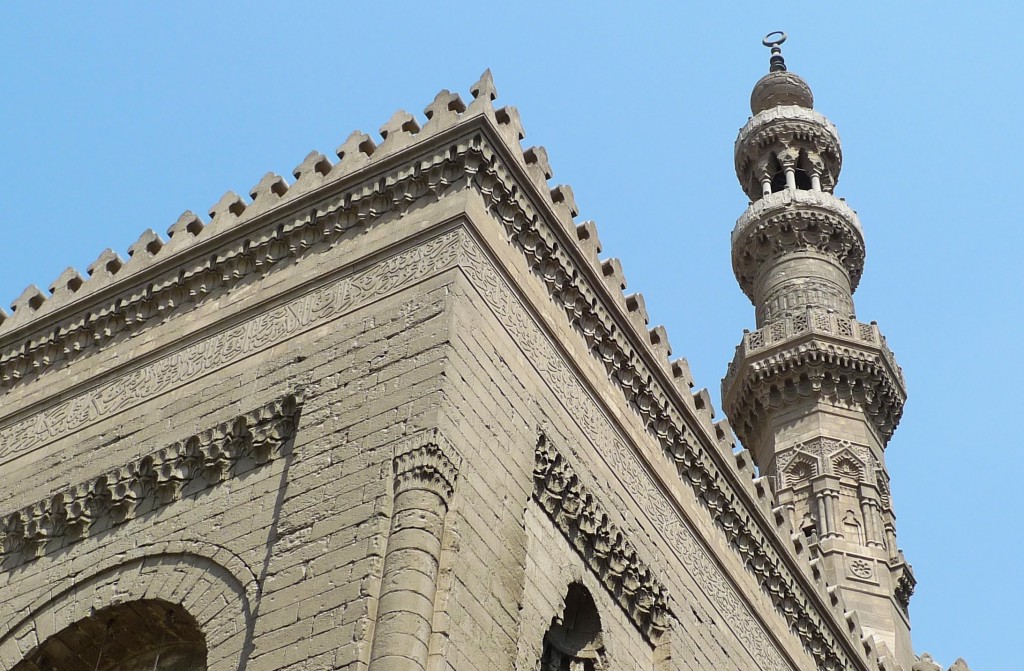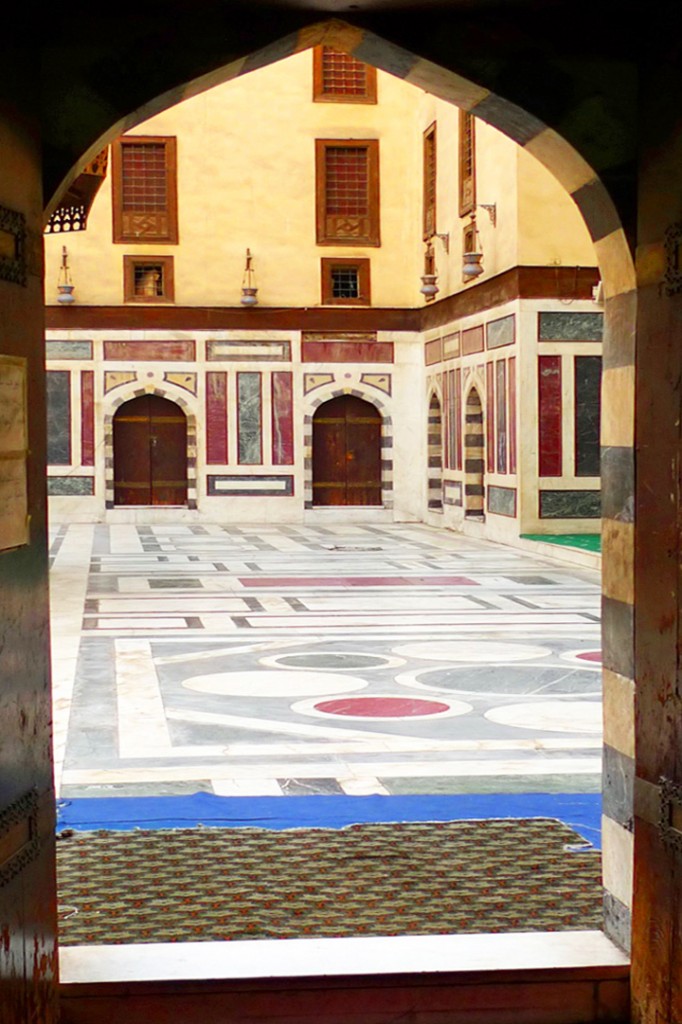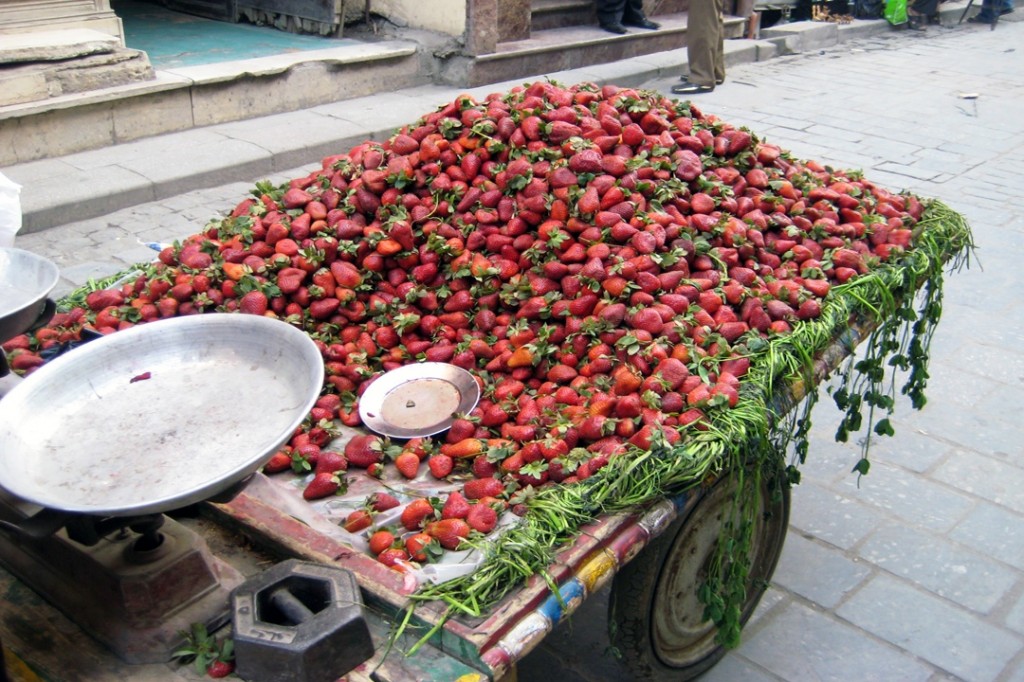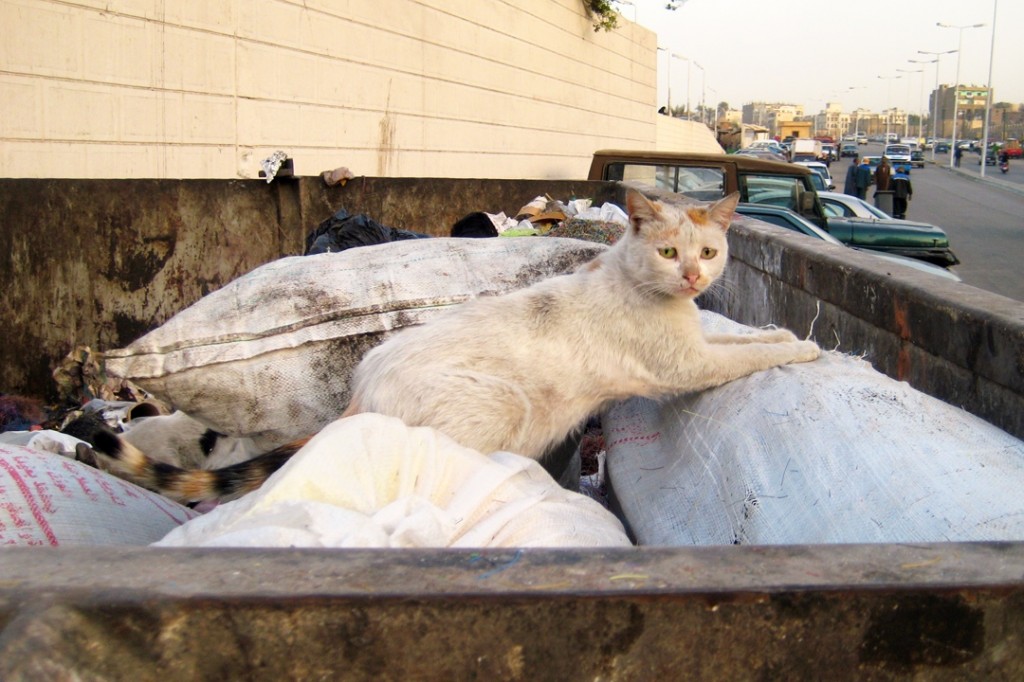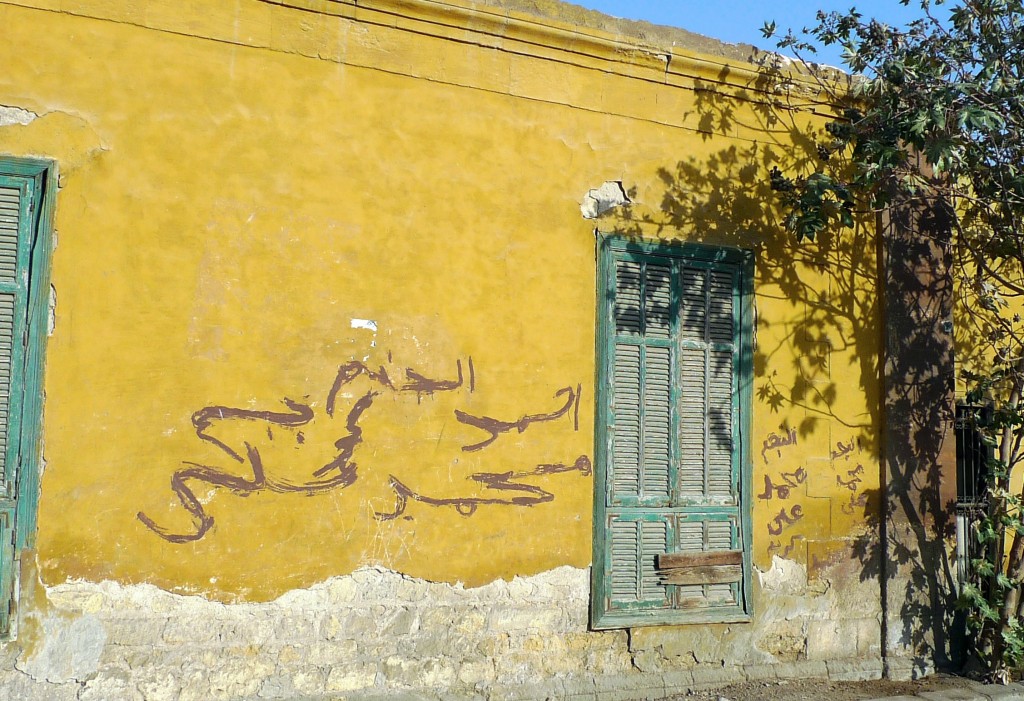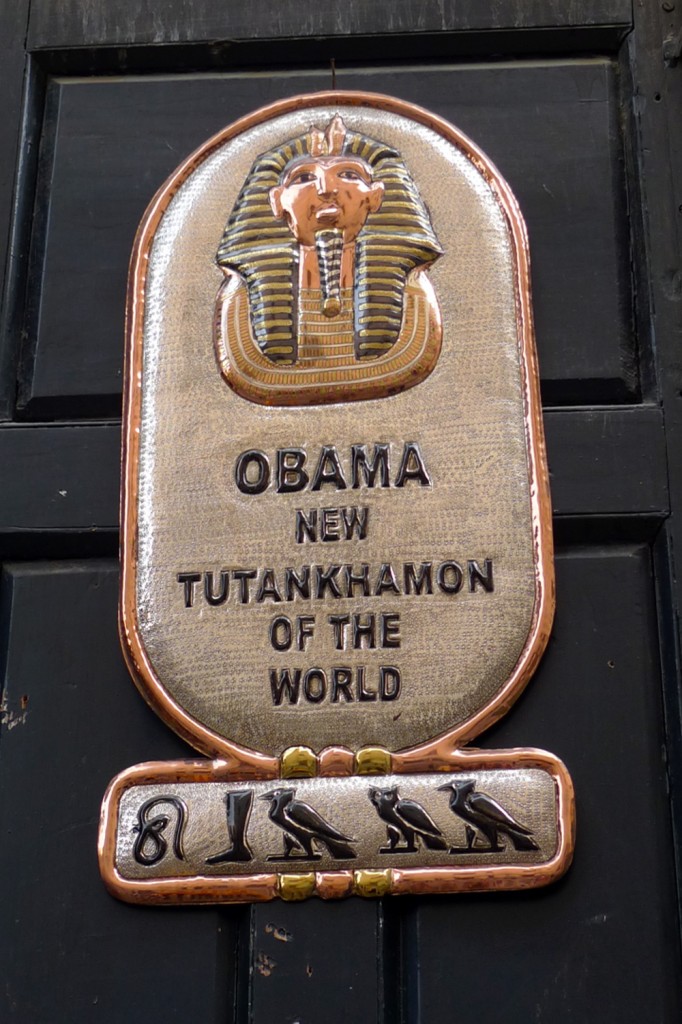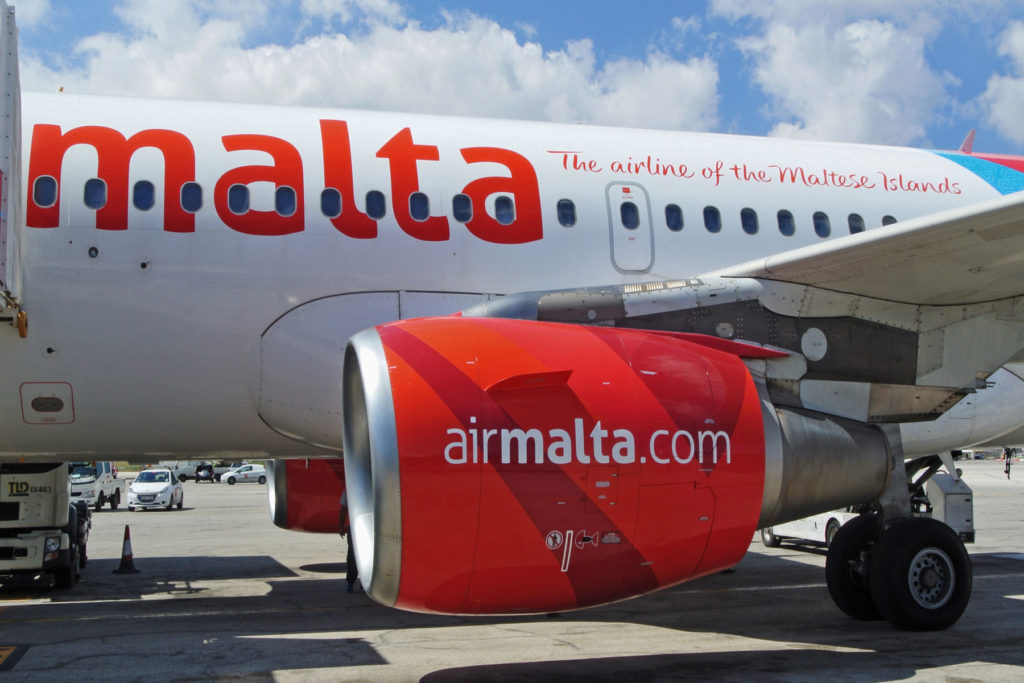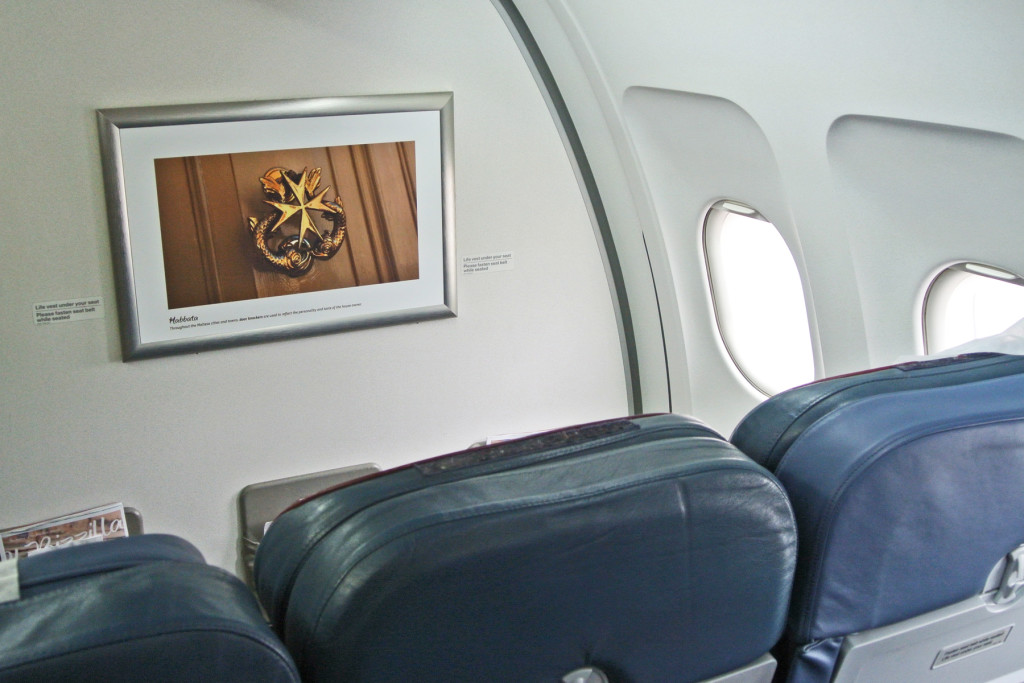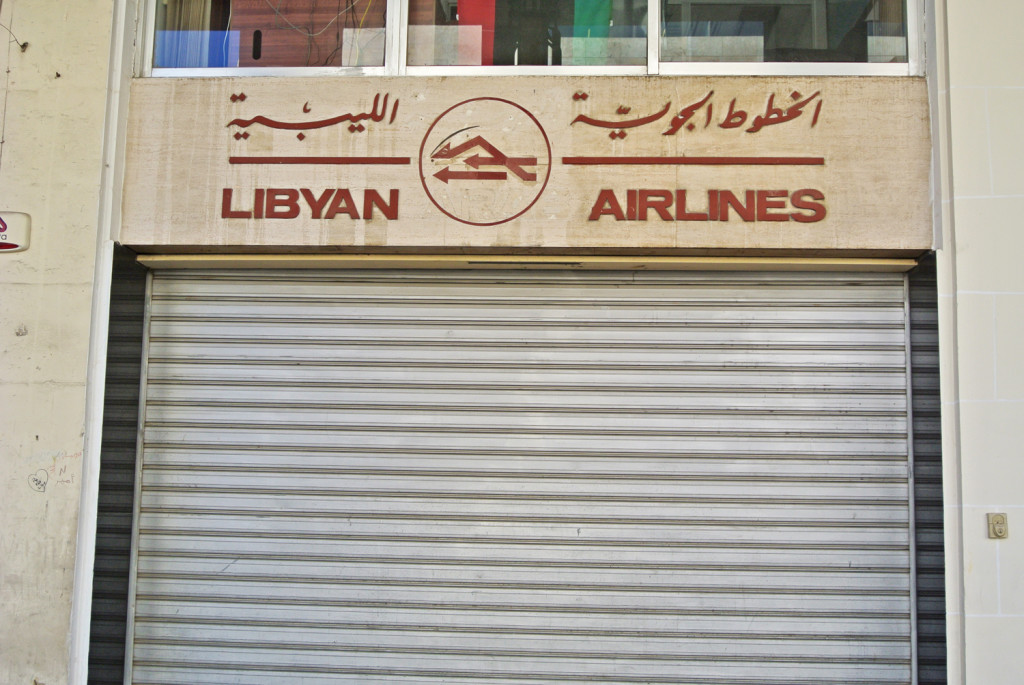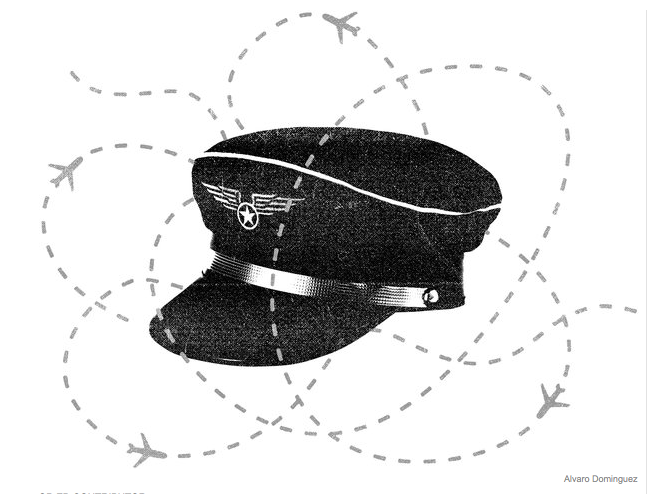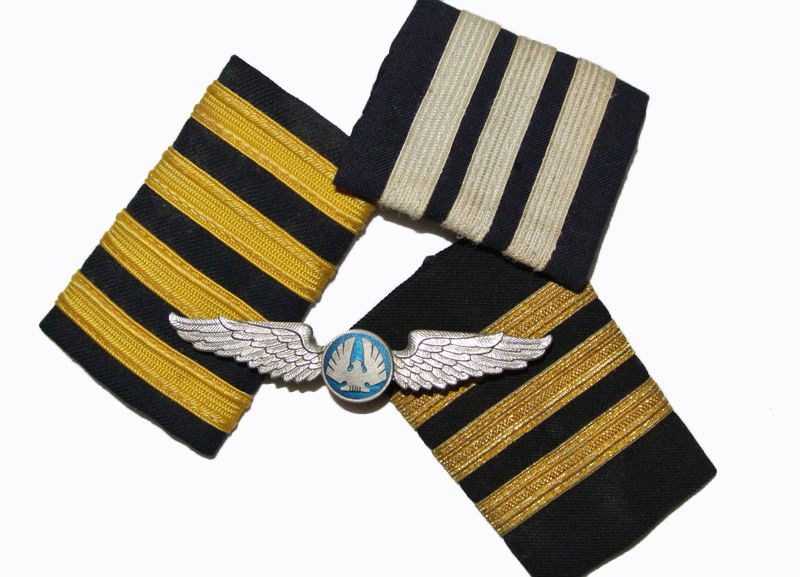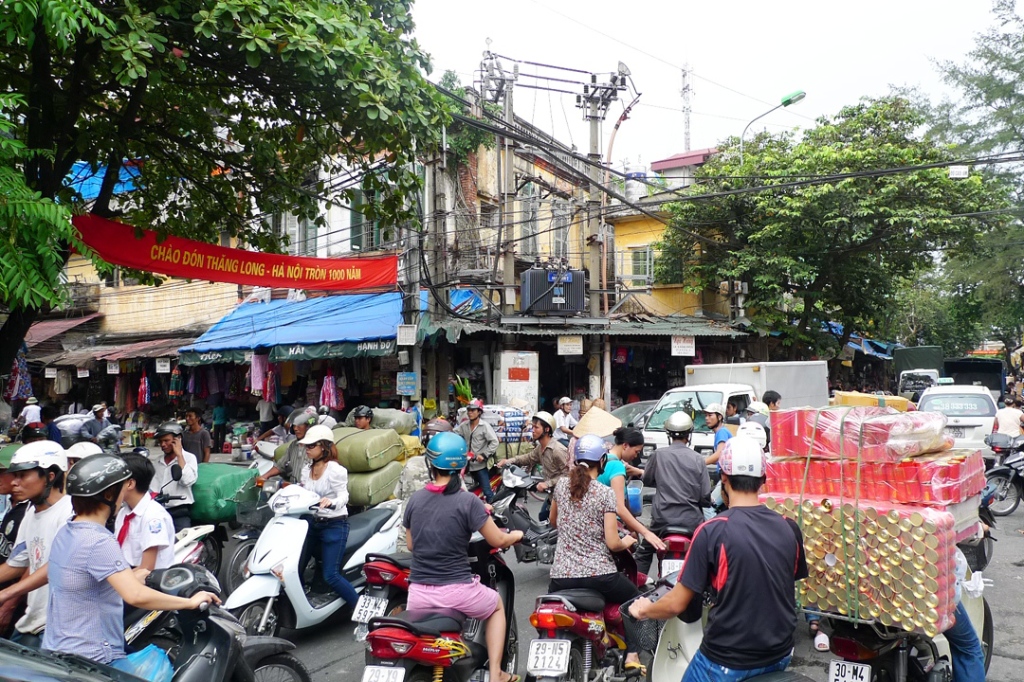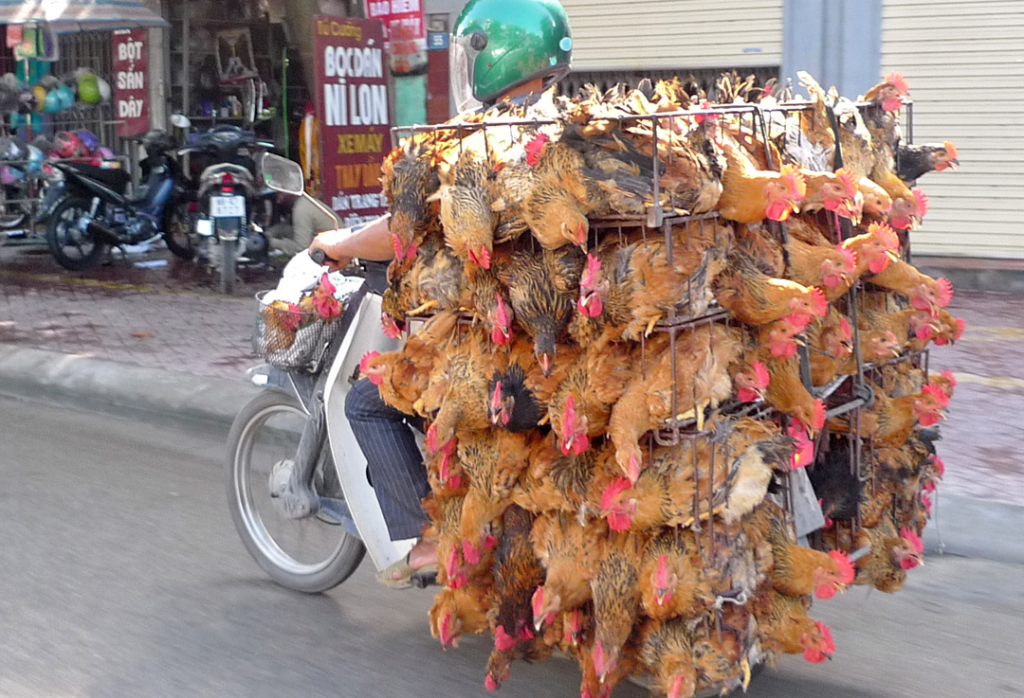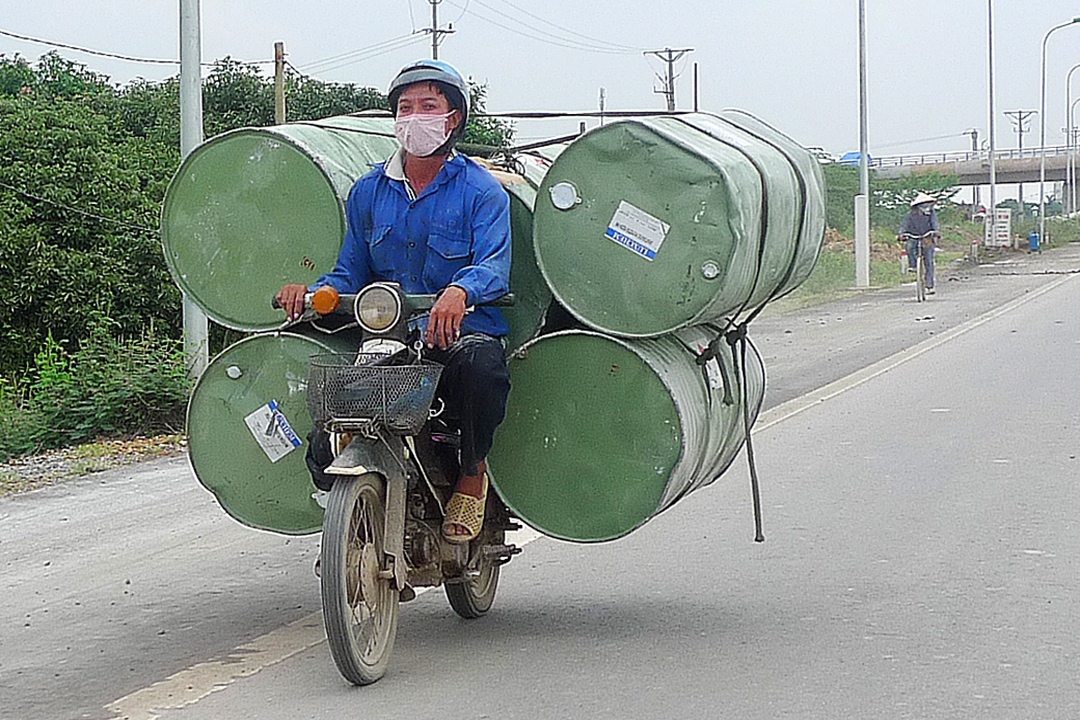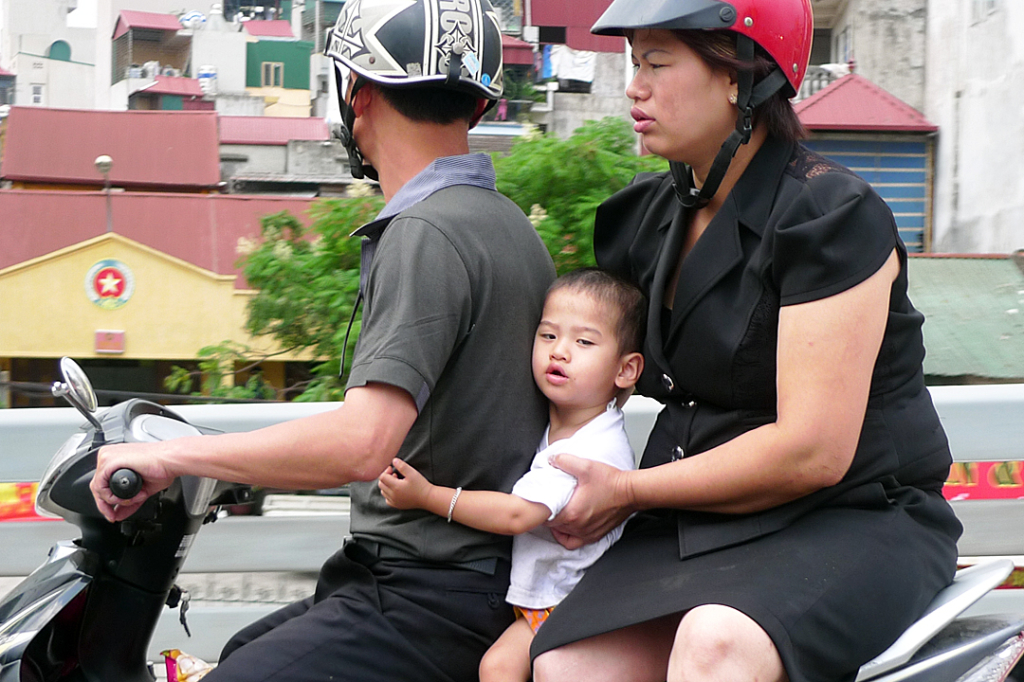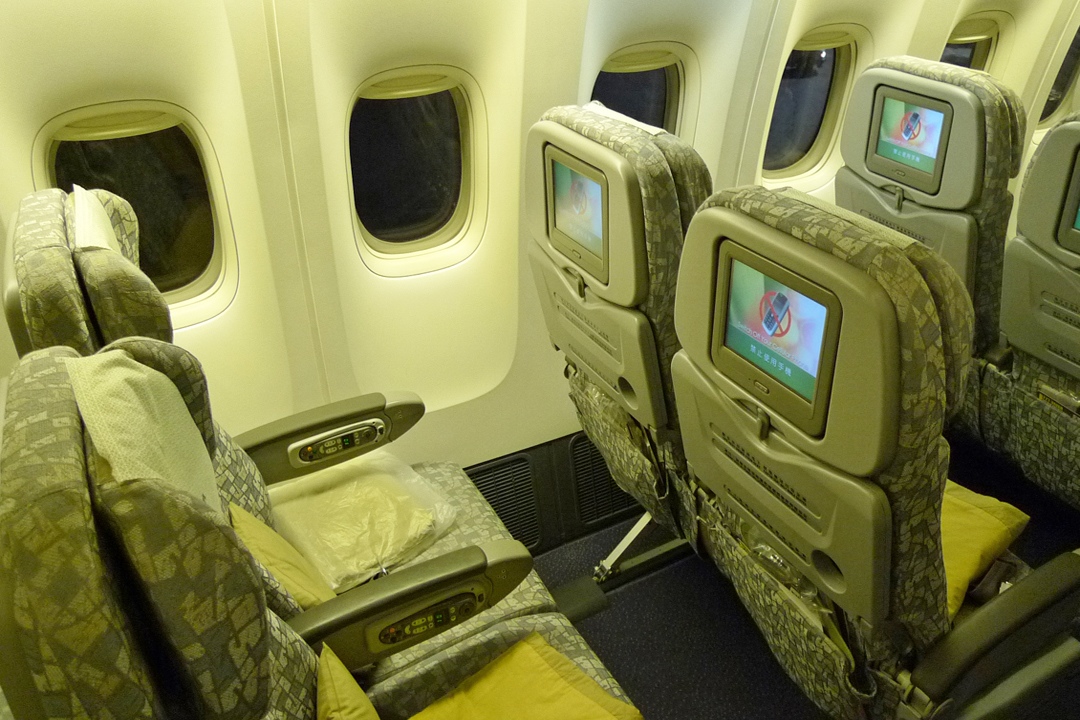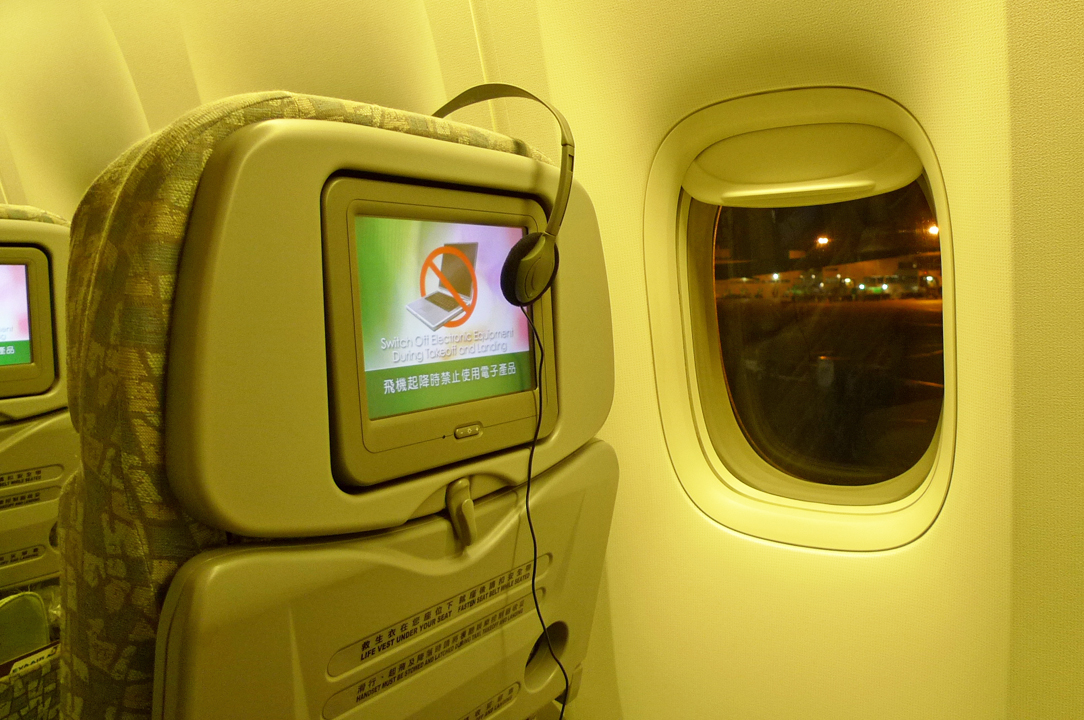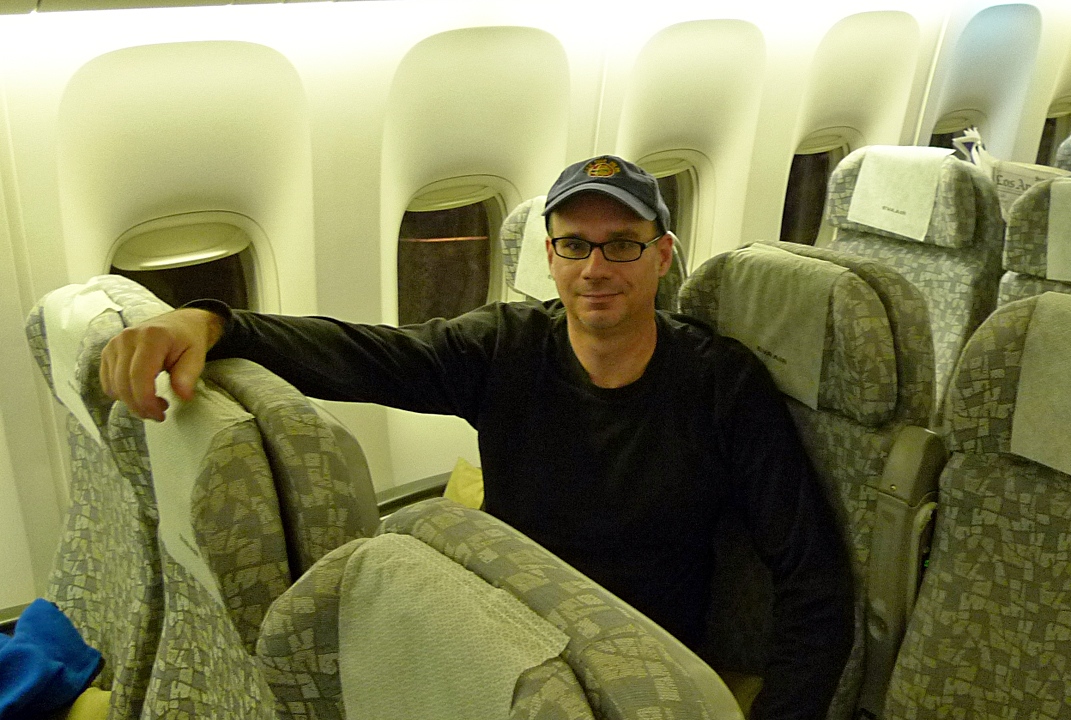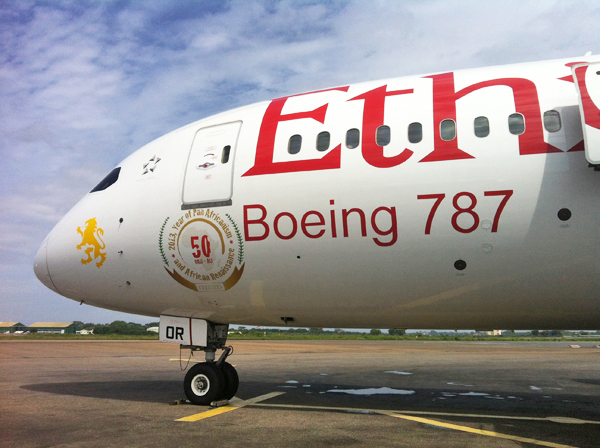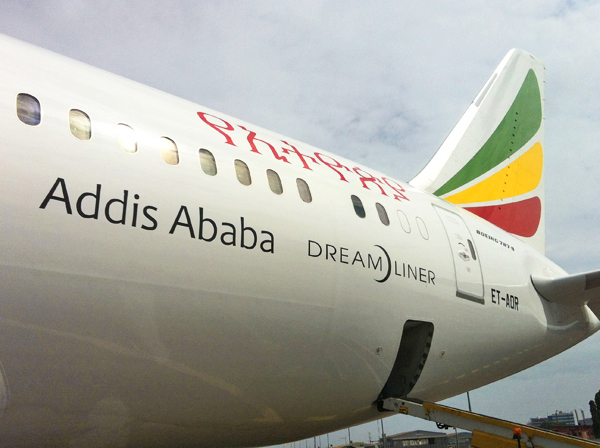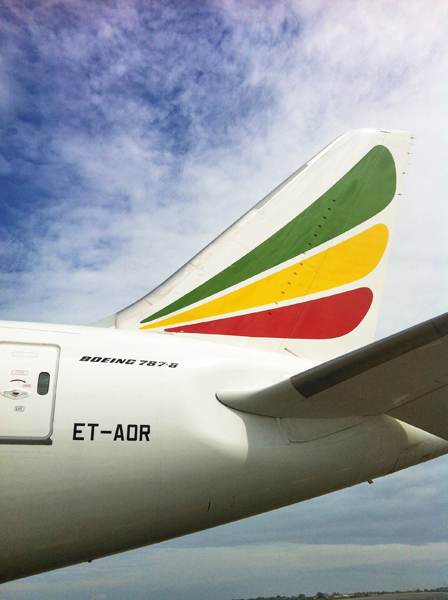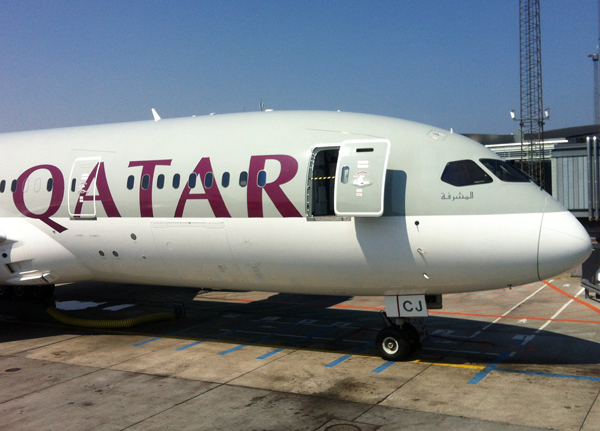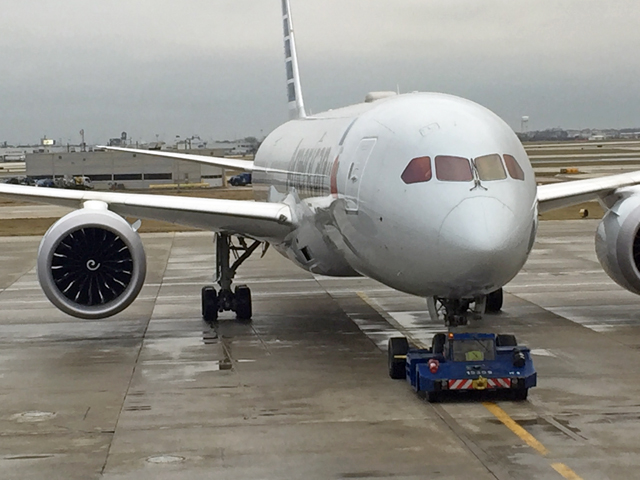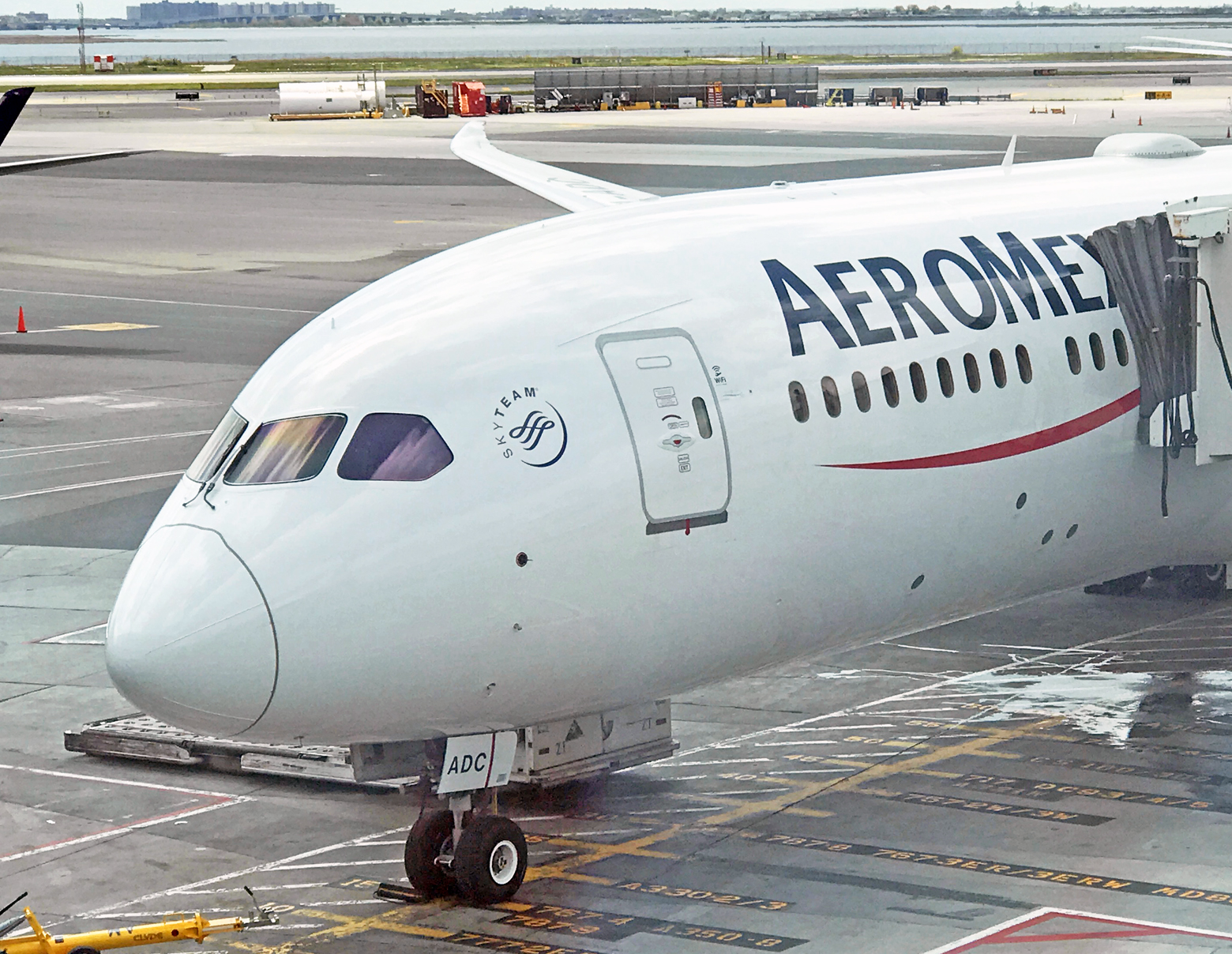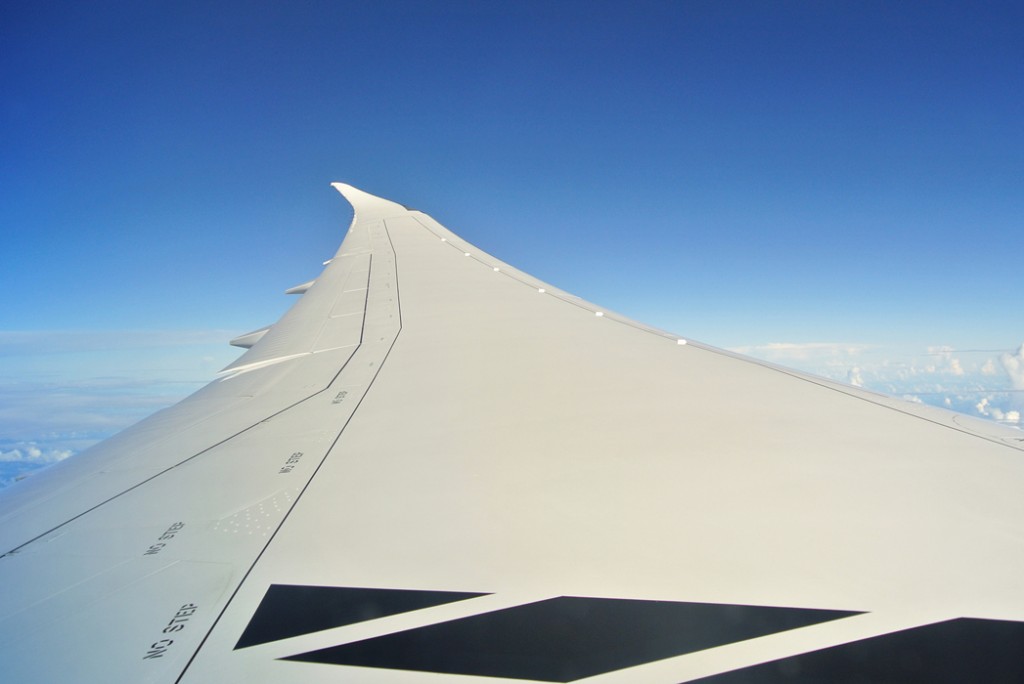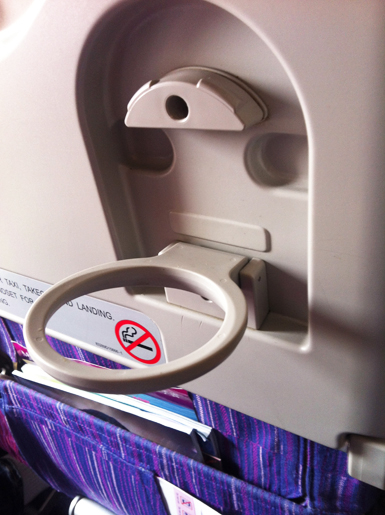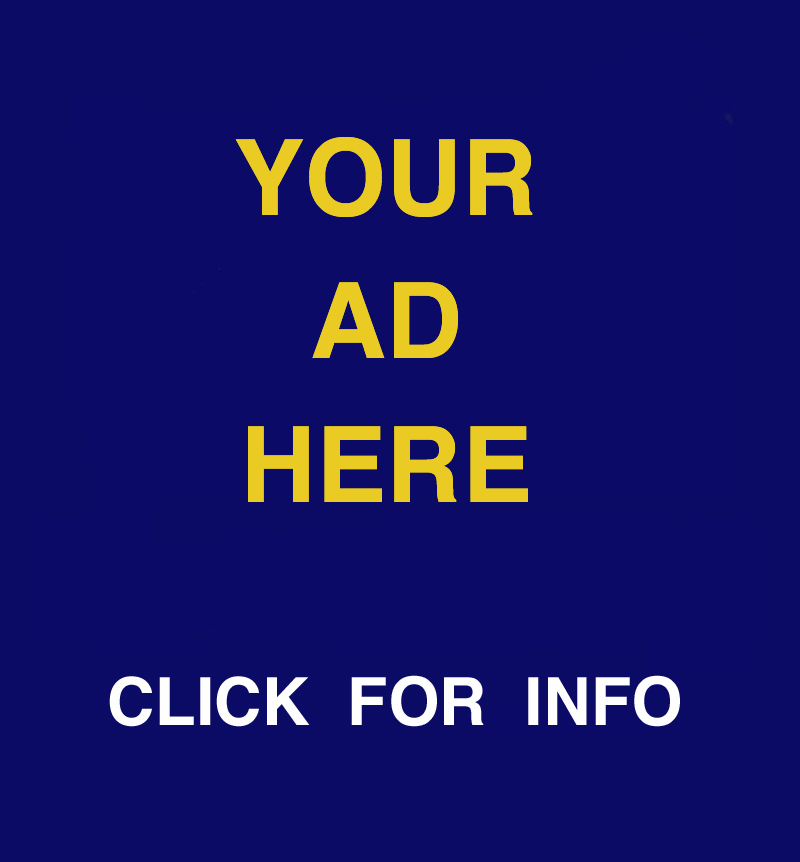Two Experiences Rekindle the Debate.
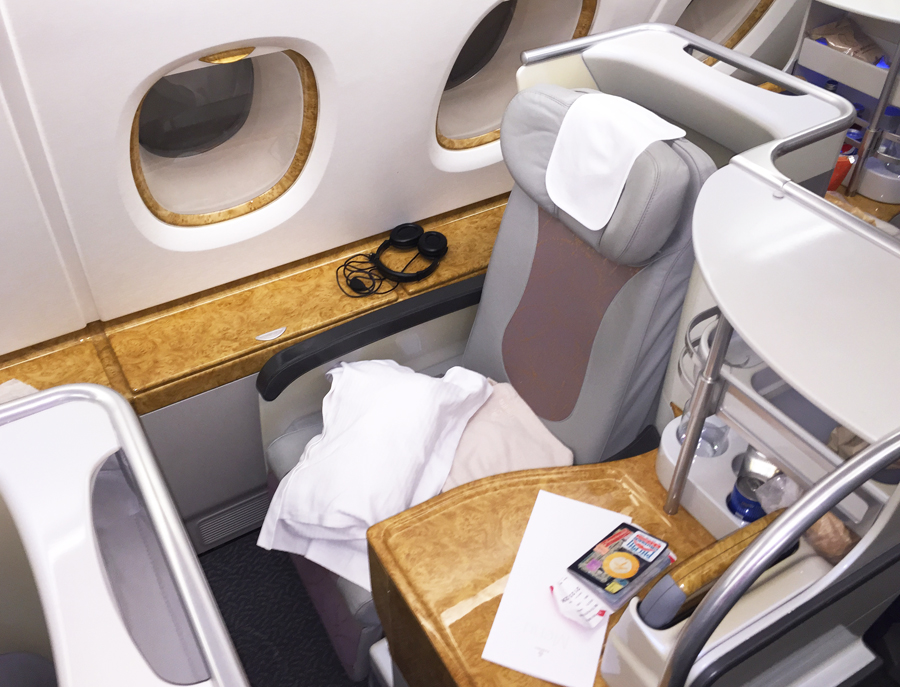
Fancy digs on the A380. What could possibly ruin this?
I CONTINUE to be astounded by the sheer number of people traveling around the world with babies, toddlers, and other preschool-age children. Even more astounding is how many of these kids are traveling in first or business class. These tickets cost thousands of dollars, yet it seems there’s no shortage of travelers well-heeled enough to be jetting around in the forward rows with two, three, even a half-dozen small children. How the demographics of air travel have changed, indeed.
Kids are kids. They cry, they run around, they yell, they misbehave. I understand this completely. It’s nobody’s fault, and I accept it. To a point.
Experience 1:
I was in Bangkok, looking for a way home. Poking around on Kayak.com, I found an excellent last-minute fare on Asiana, one-way to JFK via Seoul-Incheon, for a little over $2000. I was excited. Asiana is a five-time SkyTrax winner and onsidered by many to be a top-tier carrier. I bought my ticket, picked out my window seats, and couldn’t wait to get to the airport.
And it was downhill from there.
It starts at Bangkok’s Suvarnubhumi airport. My ticket gives me access to Thai Airways’ Royal Orchid Lounge, shared by the various Star Alliance members, of which Asiana is one. Getting access to the lounge is of course part of the whole premium class experience, and I left the hotel extra early to enjoy it.
But when I get there, I discover the lounge isn’t simply overcrowded (as so many premium class lounges tend to be these days). It’s overcrowded with kids. I cannot find a quiet place to sit. The kids are everywhere and they won’t shut up: yelling and crying and running around like it’s recess on the school playground.
The centerpiece of this chaos is an obnoxious guy in a Russian soccer shirt and his belligerent offspring. He’s something of a Vladimir Putin lookalike, sprawled sockless on a sofa with his naked feet hanging over the rail, playing a game on his phone. Around him is a spray of plastic toys deposited by his five — count ’em, five — preschool-age children, who when they aren’t tossing toys around are shrieking and throwing food at each other. They’re unbearably loud. Every so often Vlad claps his hands and scolds them in lazily indignant Russian. They ignore him and carry on.
The waitstaff, for their part, couldn’t care less. When I complain to the woman at the desk, she simply smiles and says “Oh so sorry sir.” Absolutely no effort is made to actually quiet the kids down.
And if the Putin clan isn’t annoying enough, elsewhere in the room at least three infants are crying.
I try not to let it get to me. I distract myself with the buffet, helping myself to a gin and tonic, a miniature pastry-pillow labeled “chicken roll,” and some finger sandwiches made with institutional-looking white bread. I close my eyes and imagine myself on the plane, only minutes from now, sitting back in my business class seat, surrounded by peaceful luxury.
When boarding is announced, I practically run onto the plane. I stow my things and settle in for the five-hour ride to Incheon. I’m relaxed and happy.
And then I hear the sound. It starts as a crackle. Then a whinny. Then a staccato series of gasps and yelps and piercing cries. These are the noises that only a baby makes, and that baby is in business class, three seats over from me.
And as babies are wont to do, the little darling treats the rest of us to a five-hour long, blood-curdling repertoire of periodic yelping and screaming fits. It’s the unpredictability of these fits that’s the worst part: It’s quiet, quiet, quiet; then suddenly there’s screaming. It’s quiet, quiet, quiet again; then suddenly there’s more screaming. This repeats over and over, at erratic intervals of varying duration and loudness.
But it’s all right, you see. It’s okay, because the best and most important parts of this journey is yet to come: I’ll have two hours to kill at Asiana’s lounge at the amazing Incheon airport, followed by the 13-hour flight to JFK in my state-of-the-art “Smartium” business class seat on the 777. Fine, kid, go ahead and cry. The rest of this trip will be great.
Asiana has separate lounges at ICN for first and business class. The business lounge is a sumptuous room of dark wood-tones, plush chairs, a piano and rows of bookshelves. The shelves give it an almost library aesthetic, and I like that. Libraries are quiet. I help myself to a triple espresso and set up my computer at a table near the back. There’s nobody around and I have the whole rear corner to myself.
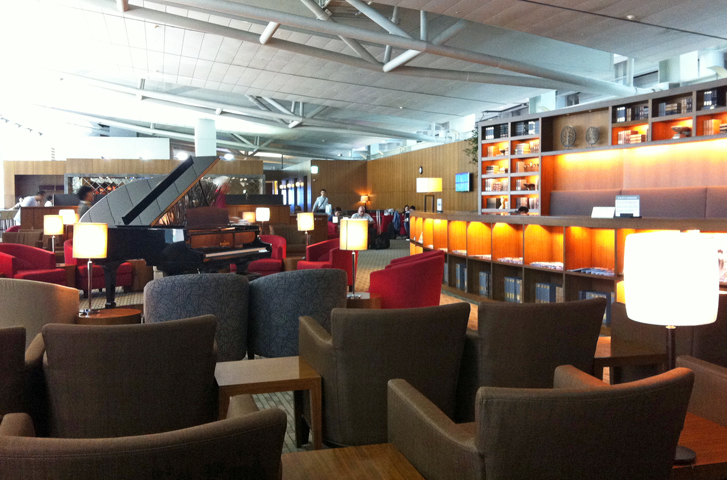
Asiana lounge at ICN.
Once again, at least for a moment, I’m relaxed and happy.
Until, hardly three minutes later, as I’m scanning through some emails, again I hear a tell-tale noise. It’s a creak-creak-creak-creak — the sound of a wheeled apparatus approaching. Somebody’s roll-aboard bag? No. It’s a baby carriage. Actually, it’s a baby carriage flanked by a mom and two toddlers, one on either side of a strapped-in infant. And this foursome of noisemakers is aimed directly at the table next to mine.
As the carriage wheels in alongside, there’s a great and sudden clattering of toys, food containers and juice cartons. Things spill to the floor as the mom yells orders in Korean at the two toddlers, who answer back in barks and squeals and a chorus of hollering.
I gather up my stuff and bolt for another table. This is only marginally helpful, however, because by now the place has filled up, and no shortage of the visitors are kids, most of whom are carrying on. A man comes out of the restroom with his two tiny sons, maybe three or four years old. The kids burst into a run, and as they pass me one of them lets out a scream so shrill that I think my coffee cup is going to crack.
And now, finally, it’s time for the Big Flight.
I made sure to choose one of the window seats with the console facing outward, toward the aisle — this creates a cubicle effect, as if you’re sitting there in your own little private jet. I’m gonna put on my Asiana slippers, drink some wine, watch some movies, and dine on gourmet food before stretching out to rest in my full-flat sleeper.

Asiana business class.
That’s the plan, anyway. Until.
Until I look up from my complimentary newspaper and there — there! — one row ahead of me, and directly diagonal to my seat, is, you guessed it, a baby. My skin goes prickly hot and and my pulse starts racing. There’s just…. it can’t…. I mean… how can…..? No!
Yes!
And I would love to tell you that this time I got lucky, and this was one of those quiet and well-behaved babies who whines for a minute and then, miracle of miracles, utters nary a peep for the rest of the flight. Don’t you love when that happens? Those are the flights that restore our faith in both air travel and humanity at large. Look at that adorable child napping peacefully like that.
But this is not one of those times. This is not one of those babies. This kid is neither napping nor quiet. He’s as loud and angry as a lawnmower.
Nothing shuts him up. And he’s of that certain age — that age between infant and toddler, when a voice begins to gain the sonic traction that allows it to really carry. At the height of his discomfort this tiniest of humans is pushing ninety decibels. It’s a wailing, electric, claxon-like sound, like a nuclear attack alert, loud enough to rattle my tableware.
The racket comes and goes, comes and goes. Reading is impossible; sleeping is out of the question. The only escape is watching movies with the volume cranked up (unfortunately Asiana’s entertainment system is terrible and offers only a few boring choices). The last hour of the flight is the worst. The kid cries nonstop. It is so loud you cannot hear the public address announcements from the crew.
When we touch down at JFK in September sunshine just before 11 a.m., I don’t feel the least bit sated, refreshed or relaxed. On the contrary I am exhausted and stressed-out.
Experience 2:
There’s a lot to like in Emirates business class on the Airbus A380. The sleeper seats are spacious and comfortable. The carrier’s “ICE” entertainment system is second to none. The menu is eclectic and the food is tasty. Amenities are all around you, from the duvet and mattress to the luxurious lounge and bar in the back of the upper deck. What could possibly ruin this?
I’m at Schiphol airport in Amsterdam, walking up the jet bridge that leads to the upper deck, when a huge family of at least a dozen, six of them kids, rudely cuts the line. Please, I say to myself, don’t let them be sitting near me. There are almost a hundred seats in the A380’s business class, so my chances are good, right?
Wrong. They aren’t just seated near me, they are seated all around me. They are in the row ahead of me, in the seats next to me, and in the row behind me too. The adults in the group are obnoxious enough, shouting across the aisles at each other. The kids, though, take it to the next level. They’re screaming, running up and down the aisle. They’re climbing over the seat-backs, their heads popping up, whack-a-mole style. One of the little girls is yelling out to her sister, whose name sounds like the word “Bay.” Every two minutes, for the next seven hours, she will scream,”BAAAAAAAAAAY!”
When I can’t take it any more I walk over and ask the mother to please control her children. I feel like the biggest asshole in the world, but this cost me a lot of money, and the whole point was to be comfortable and away from the usual racket.
Slouched in her chair, the woman looks up at me contemptuously. “They are only children.”
This is a standard rebuttal. We paid for the tickets, the argument goes, so we have a right to be here, and hey, it’s just kids being kids, right? Actually, no, I’m sorry, this is not a legitimate justification.
As the flight goes on, there’s no escape from the racket. Not even in the bar in the A380’s rear cabin — the bar! — which as the hours pass has becomes a sort of day-care center full of mothers clutching their crying children. Perhaps they are congregating here out of courtesy? After all, people in the bar are socializing and drinking, not trying to sleep. Maybe, but that doesn’t excuse the one woman who has placed her toddler on one of the bar’s semi-circular sofas and is playing The Screaming Game. The Screaming Game goes like this: The kid screams, and mom screams back. The kid then screams louder, and mom screams back, also louder. The kid then lets out a piercing, blasting, hell-on-earth screech of enough decibels to blow the rudder off the airplane. Mom screams back yet again, louder still, in demented encouragement, then looks around, smiling, as if to say, isn’t my shrieking child just the cutest darned thing in the world?
I am not making this up.
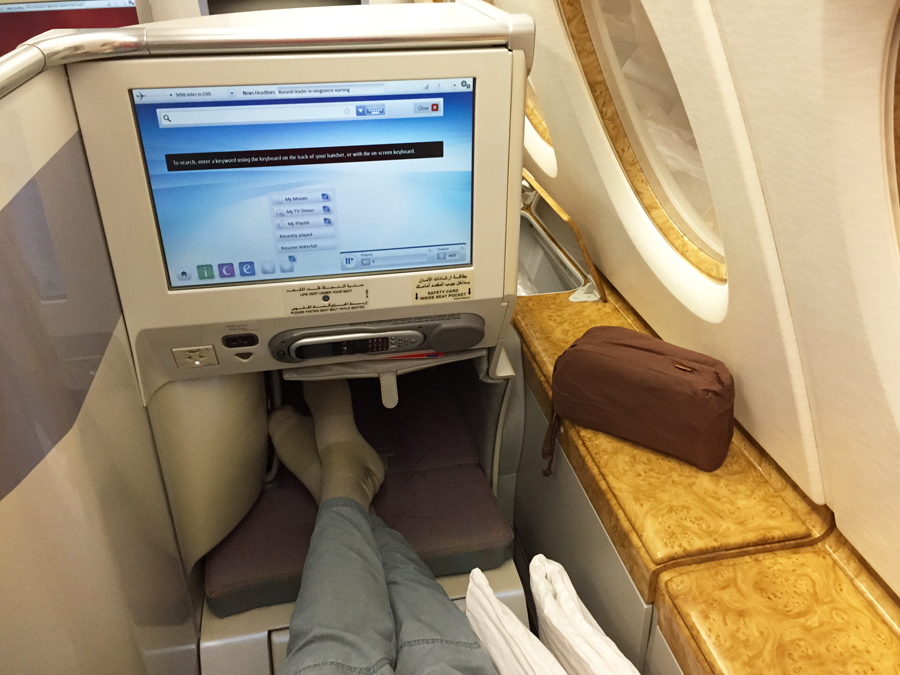
Trying to chill at 35,000 feet.
And here’s the thing:
When you’re flying in long-haul first or business class, you aren’t merely paying for transportation. You are paying for comfort. For luxury, even. This is premium class, not economy class. That includes not having your experienced wrecked by disruptive passengers of any age. This isn’t about protecting the “arrogant” flyers up front from the noisy riffraff in steerage. But in premium class there’s a higher standard and greater expectations. And while perhaps you have the right to bring your kids along with you, you do not have the right to ruin the experience of those around you.
Unlike a high percentage of the people who travel up front, I was not flying on company expense or cashing in frequent-flyer miles. I paid out of pocket for my ticket, and I did so to be as comfortable and pampered as possible. This is not something I normally can afford, and my expectations were high — as they should have been. And the fare I paid was a steal. What about those people who pay six, seven, or ten thousand dollars for a premium seat? Shouldn’t there be some assurance that they won’t be subject to needless discomfort over the course of their journey?
Neither is it the offended passenger’s responsibility to deal with the problem by, say, buying a pair of noise-cancelling headphones (a commonly offered non-solution). For one thing, most premium cabin seats are already equipped with noise-reducing headphones, and they do not block out the sound of a yelling kid. But more importantly, it throws the onus onto the person being annoyed, rather than the party doing the annoying. It’s like saying: I reserve the right to destroy the peace and quiet of those around me, and it’s their responsibility to deal with it.
Notice also that my experiences cover two different phenomenon. The first involve infants crying through no fault of their own; the other involves children, which is to say their parents, simply not giving a damn. Both are vexing issues, but it’s the latter that’s the much bigger problem. This isn’t so much about kids crying, annoying as that can be, than it is about kids, toddler age and frequently older, who scream and who shriek, and whose parents seem to find this either entertaining or otherwise unimportant. Thus, it’s less an issue about children being brought into a place where they simply don’t belong, than an issue about adults who fail to control them.
How carriers might deal with this is a tough question. Noisiness in the context of a lounge can easily be addressed by asking the offenders to please hush down, and, should this fail, being asked to leave. On the airplane, though, you can’t simply relegate families to another section of the plane. Maybe it’s time for more airlines to start enforcing an age limit. It’s is a difficult issue, because more and more high-end flyers are traveling with youngsters, and the last thing airlines want to do is alienate their most valuable customers. The key, maybe, is knowing the point at which you begin ticking off more people than you’re making happy. Some carriers, including Malaysia Airlines and AirAsia, already have restrictions, either banning kids below a certain age outright, or establishing kid-free zones within a particular cabin.
Nobody in any section of the plane wants to deal with a noisy kid for thirteen hours. But if you’re going to do something, it would only makes sense to start at the front, in premium class, where there’s a much greater expectation of comfort.
Note to readers…
You are welcome to leave your comments below, but please refrain from insults and, especially, threats. Since this post was first published in 2015, I’ve received buckets of hate mail, up to and including threats of bodily harm. It astounds me how frequently certain people insist on making this a personal thing.
Rarely will you hear somebody say, for example: “I feel that families with small children have every right to be in business class, and the fact that children might be noisy is a risk that any premium class passenger has to accept.”
Instead, I am called “despicable” and “disgusting” and there is something “obviously wrong with” me. Or, as one letter-writer put it, I “should be pitied.”
And the most pompous, insufferable, and insulting comments of all are those that insinuate non-parents are somehow less humane than everybody else, existing in some half-developed state where true empathy and understanding are impossible, simply by virtue of not having children.
Another thing that keeps coming up in angry letters and comments is the concept of “entitlement.” A passenger who sits in business class and dares to complain about screaming children is guilty of demonstrating “entitlement.” This is a common buzzword these days, and the intent here, I think, is to reframe the topic in sociopolitical terms — where it clearly does not belong.
Some people buy fancier houses than other people. Some buy more expensive cars. Some buy organic groceries. We all have our preferences and our choices for certain comforts. We pay extra for them. And, therefore, yes, absolutely, we are “entitled” to whatever they are designed to offer. Paying for business class on a plane is no different than paying a premium for any other product.
Let’s say you that splurge and spend a lot of money for a top of the line mobile phone. You’ve been saving up for this phone. It’s got certain features that you really want, and you’re willing to pay extra for them. But after you purchase it and take it home, you realize it doesn’t work. Or maybe it half works. When you bring it back to the store and ask for an exchange or a refund, as well you should, does the manager sneer at you and accuse you of being an “entitled jerk”?
Addendum:
Update: July 1st, Kennedy Airport; a good example of what I’m talking about:
A woman with a stroller is standing in a crowded boarding lounge. In the stroller is a two or three year-old girl. The girl is not crying, she is screaming, at the top of her lungs — just shrieking and shrieking and shrieking, angry as a tornado, throwing things and carrying on and demanding to be let out of the stroller. It’s so loud that you can’t even hear the boarding announcements. The mom, for her part, simply stands there, chatting away on a mobile phone, as if none of this is happening. She makes absolutely no effort — nothing — to quiet the apocalyptic wailing of her kid. This goes on for about fifteen minutes.
All photos by the author.
Related Stories:
FIRST CLASS, NO CLASS. THE PASSENGER HALL OF SHAME.
TO RECLINE OR NOT TO RECLINE?

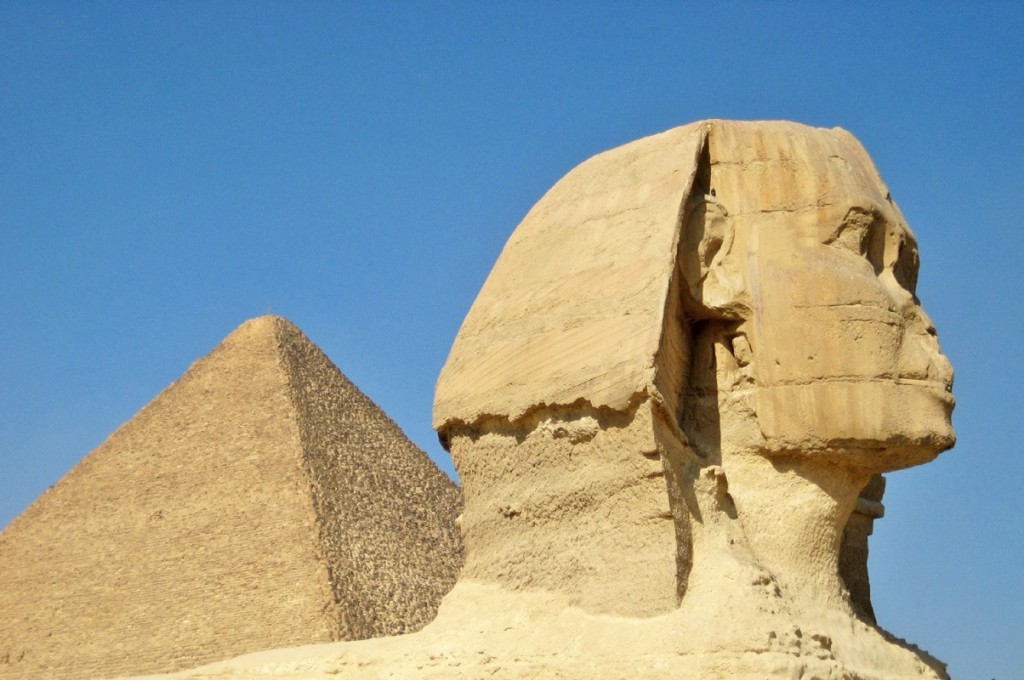

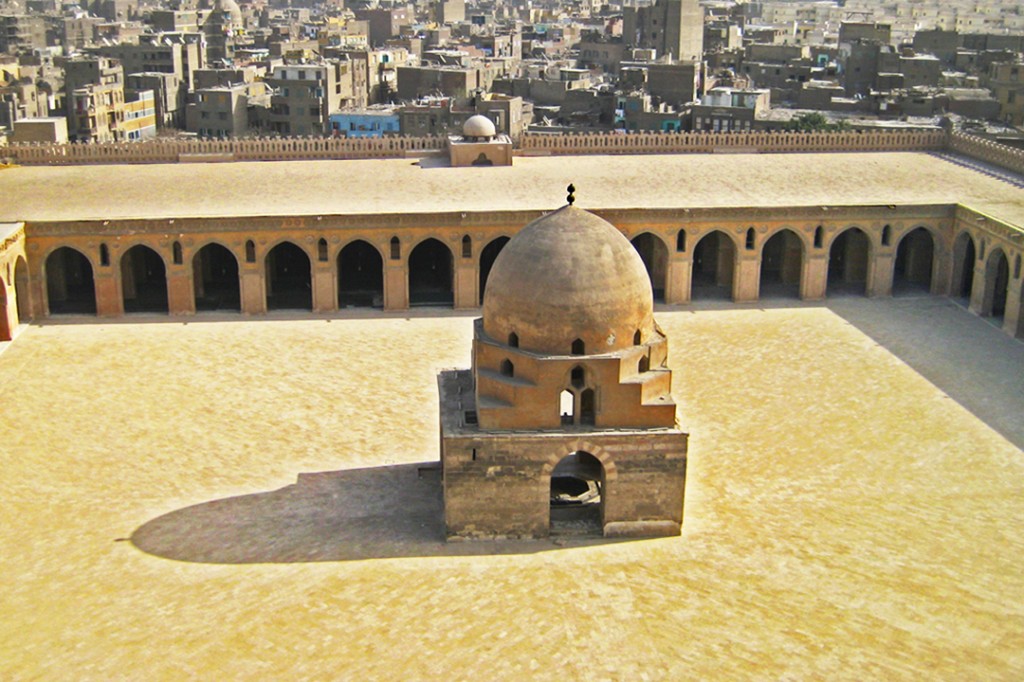

![]()






